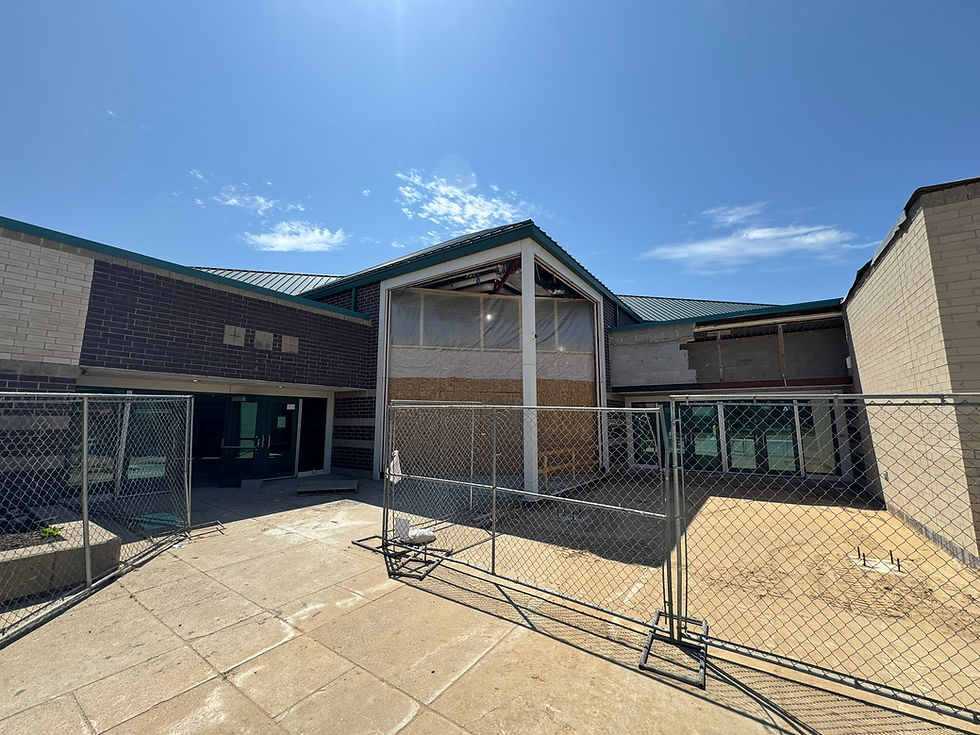7 Guiding Principles: KPS Early Childhood Center
- TowerPinkster
- Feb 8, 2022
- 2 min read
The design process has officially begun for Kentwood Public Schools' new Early Childhood Center. The first step is to define our guiding principles, which act as the roadmap for our building plans. KPS is excited to share those principles with the community, and to announce additional information about this project in the coming months!

Principle #1: Commitment to Educational Excellence
Provide a world-class educational environment for students, staff and families, supporting the achievement of all developmental milestones for early learners in the district.
Key takeaways: 15% improvement in academic outcomes is influenced by the environment.
● Daytime light exposure can boost learning (sunlight during the school
day displayed 26% higher reading outcomes)
● Interaction with the natural environment is good for learning (students with unrestricted views of nature tested higher in reading, math, and language arts that
students with urban views or no views)
● Classroom environments may be distracting for students (Noise-kids can’t focus; Temperature - 68 - 74; Seating arrangement impacts attention)

Principle #2: Healthy Environments
Provide a building and grounds which focuses on healthy solutions in the selection of building materials, air quality, daylight and views. Provide age appropriate nutritional offerings with a focus on healthy outcomes. Provide connections to nature throughout. Promote movement, play and joy.

Principle #3: Safe and Secure Facility
Design the site and building with sightlines, secure drop-off and pick-up, and intuitive wayfinding for all ages in mind. Support technology systems which enhance safety and security.

Principle #4: Equity and Inclusion for All
Provide facilities which provide for appropriate and inclusive scale, access, and use for all students, staff and families.

Principle #5: Durability and Longevity
Select materials and details which focus on promotion of health and wellness, ease of use, maintenance, cleanability, and consideration of life cycle costing.

Principle #6: Sustainability and Ecological Impact
Focus on materials, systems and designs which minimize resource use and environmental impact. Use the building as a way to introduce sustainable ideas into the curriculum at an early age. Evaluate third party certification as a measurement tool.
Principle #7: Incorporate Technology into Design
Incorporate age appropriate technology classroom technology. Use technology to support Parent and Professional development as well as student achievement.
This process is led by Grand Rapids-based architecture, engineering and interior design firm, TowerPinkster.




Comments